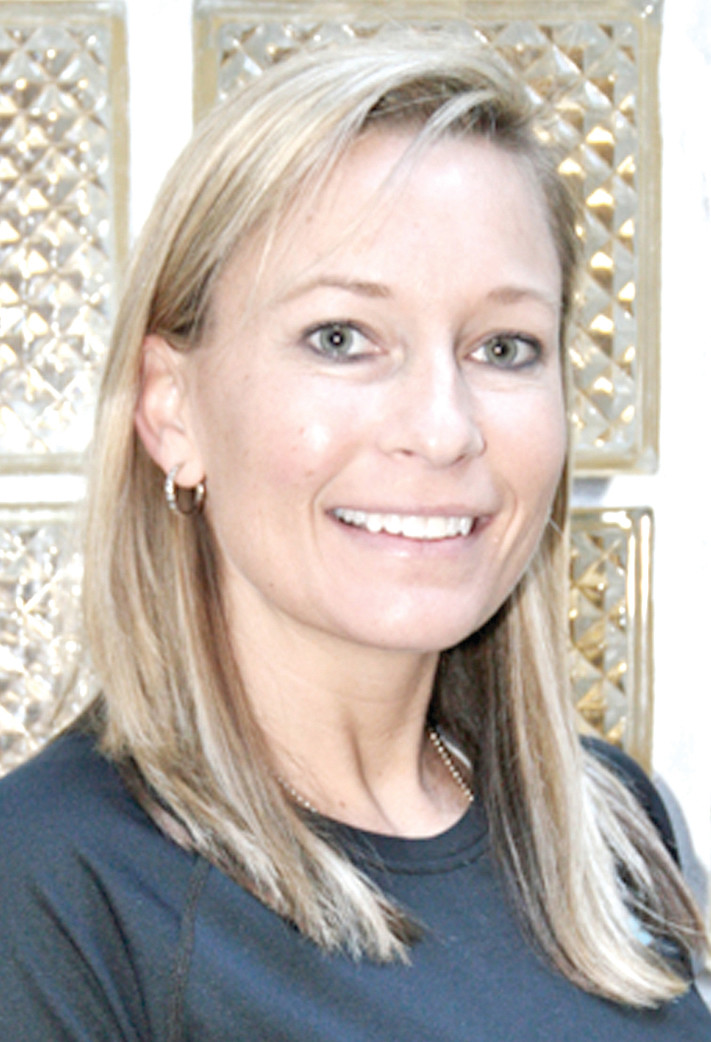Build strong bones

Special to The Sumter Item
The National Osteoporosis Foundation states that more than half the adults over the age of 50 are at risk of breaking a bone due to low bone density or osteoporosis. The less we use our muscles and bones the more they deteriorate, leading to muscle weakness and bone fragility.
A diagnosis of osteoporosis does not mean it is time to stop exercising, it just means it's time to make some modifications.
Osteoporosis is a degenerative bone disease that can make the simplest activity seem difficult or even impossible. Weakened muscles can compromise balance and increase the risk for falls.
Decreased bone mass leads to structural deterioration increasing the risk of fractures.
If osteoarthritis is left untreated there are several complications that can occur: bone spurs - growths on the ends of the bones that can cause severe pain; damaged tendons and ligaments - they can be stressed and stretched as they take on more pressure from the deteriorating joint; joint deformity or breakdown of bones because of inadequate blood flow.
Research shows that putting stress on the bones activates bone cells that leads to bone formation, often referred to as osteogenesis. Since we cannot see our bones we must rely on medical tests that measure bone mineral density levels, like a Dual Energy Xray Absorptiometry (DEXA). X-rays do have the ability to show changes in joints that indicate osteoarthritis.
To improve bone density, exercises need to be weight bearing. Weight bearing exercises can be high impact or low impact. Examples of high impact exercises are dancing, tennis, running, dancing, hiking and climbing. Low impact exercises are walking, cycling, yoga, or using cardio and strength training machines. Both options provide weight bearing opportunities which helps stimulate the production of bone cells.
Other important factors for boosting bone density include getting adequate sleep and vitamin D intake. Proper sleep patterns allow for natural melatonin production which is essential to the reformation of bone. Experts theorize that bone growth happens most when the body is at rest since studies do show that over time a lack of sleep results in decreased bone density.
Vitamin D is necessary for calcium absorption and bone mineralization. While sunlight is the main source, there are many who rely on supplements since it does not occur in many foods. Vitamin D supplements can help improve the levels in those who are deficient as well as prevent rare conditions, like rickets. Although studies have yet to prove that the supplements alone actually improve bone density or prevent fractures or falls, taking them in low doses is harmless.
Experts state that the best way to preserve or improve bone health and strength is to get or stay active with weight bearing exercises, spend 20 minutes out in the sun several days a week without sunscreen, and stick with a regularly scheduled sleep pattern.
Missy Corrigan is executive of community health for Sumter Family YMCA. She can be reached at mcorrigan@ymcasumter.org or (803) 773-1404.
More Articles to Read
